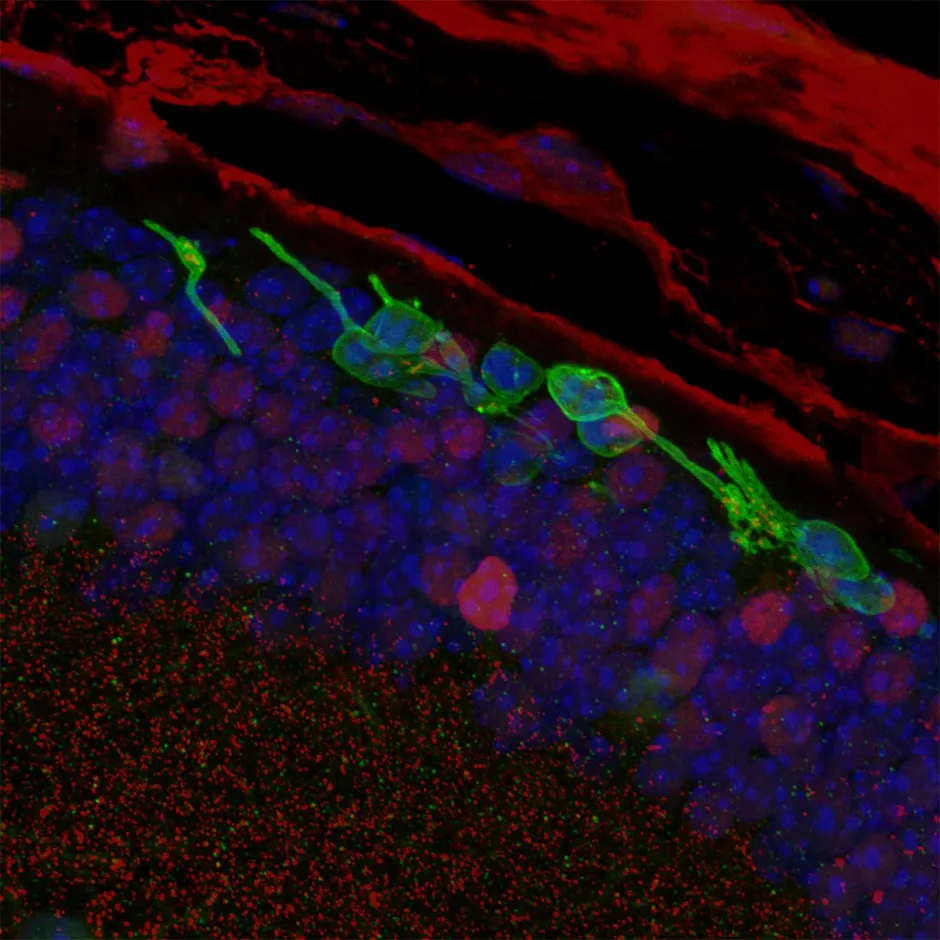A new technique that could take the treatment for blindness from six months down to two weeks has successfully returned central vision in mice, a recent study published in the journal Nature has shown.
The treatment would help those who have age-related macular degeneration (AMD), which is the leading cause of sight loss in the UK. The problems with central vision caused by AMD are due to the loss of photoreceptors – the neurons in the retina that respond to light entering the eye and are responsible for pupil constriction and dilation.
Diabetes and some rare genetic diseases can also cause blindness through the degeneration of photoreceptors.
Read more about blindness:
Current treatment for these conditions uses stem cells to replace damaged photoreceptors. Developed in a lab from adult cells, the stem cells are known as ‘pluripotent’, meaning they can be reprogrammed to make nearly any type of cell or tissue that can then be transplanted into the body.
“Stem cell-based strategies are extremely exciting,” says Dr Sai Chavala, the study's lead investigator. “However, generating these cells can be cumbersome and time consuming.”
The process to turn adult cells into stem cells, then into photoreceptors, can take up to six months. The new technique developed by Chavala and the team from the National Eye Institute can create replacement cells in ten days.
The technique, referred to as direct chemical reprogramming by the scientists, involves taking skin cells and adding a mix of five small molecule compounds that can ‘turn on’ genes important during the development of the retina.

Once the genes are activated, the skin cell becomes something that can mimic the appearance and function of photoreceptor cells. These are then surgically transplanted in the back of the eye, which recognises the new photoreceptor cells and restores lost vision.
The researchers transplanted the cells into blind mice and then tested how their pupils constricted in low light. Of the 14 mice in the study, six had improved pupil response to light than before the surgery, showing the new photoreceptor cells worked.
The authors hope that using a patient’s own skin to make ‘personalised’ retinal cells could reduce the risk of the transplanted cells being rejected by the body’s immune system. While the study used mice, the plan is to run experiments that meet requirements for FDA approval and run the therapy with human participants in the next three years, said Chavala.
Reader Q&A: Can you really go blind by staring at the Sun?
Asked by: Steven A Collins, by email
It’s possible, but the hazard is often exaggerated. Even at midday, a normal eye will only let in enough light to heat the retina by about 4°C. You need at least 10°C to cause thermal damage.
Looking at the Sun during an eclipse for more than a minute can cause damage, because your pupils are more dilated, but it doesn’t result in total blindness and isn’t usually permanent.
If the Sun is within 10 minutes of setting below a sea-level horizon, the more dangerous short-wavelength light is absorbed by the atmosphere and it should be quite safe to look at the Sun.
Read more:
